
Find Help
More Items From Ergsy search
-

What are SEND children?
Relevance: 100%
-

Who are SEND children?
Relevance: 100%
-

Do SEND children attend mainstream schools?
Relevance: 90%
-

How is progress measured for SEND children?
Relevance: 89%
-

Can SEND children access extracurricular activities?
Relevance: 87%
-

What support is available for SEND children in schools?
Relevance: 86%
-
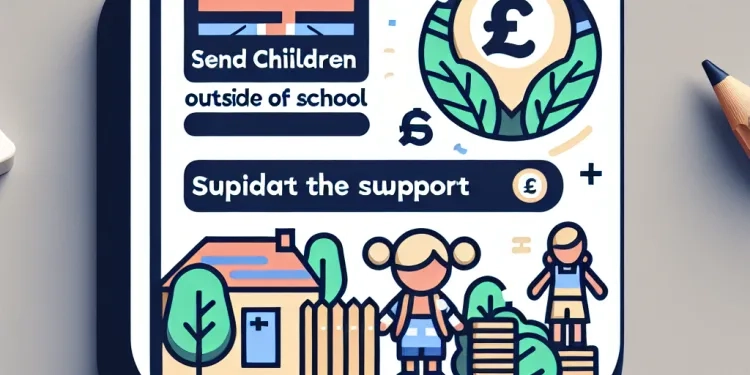
What support is available outside of school for SEND children?
Relevance: 84%
-
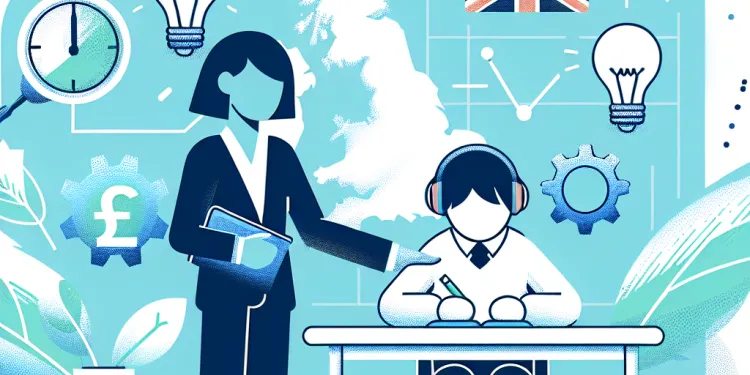
What role do teachers play in supporting SEND children?
Relevance: 82%
-

How can schools create an inclusive environment for SEND children?
Relevance: 78%
-

Are there specific laws governing SEND in schools?
Relevance: 67%
-

What does SEND stand for?
Relevance: 65%
-

Who is responsible for assessing SEND needs?
Relevance: 64%
-

How are parents involved in the SEND process?
Relevance: 64%
-

What are some common misconceptions about SEND?
Relevance: 63%
-

Can SEND status change over time?
Relevance: 63%
-

How do funding and resources affect SEND support?
Relevance: 60%
-

What are some common types of SEND?
Relevance: 58%
-

Can I send money to an inmate?
Relevance: 56%
-

How do I send books or magazines?
Relevance: 53%
-

Why does my email appear to be sending spam?
Relevance: 51%
-

What items can I send to someone in prison?
Relevance: 51%
-

How can I identify if my child has SEND?
Relevance: 45%
-

How can parents advocate for their SEND child?
Relevance: 44%
-
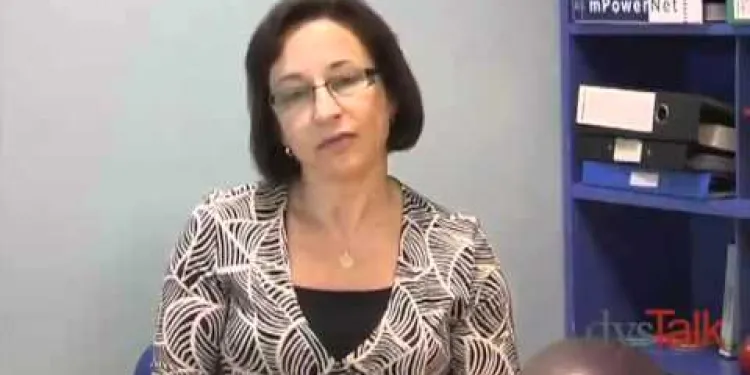
Dyspraxia Children: How to Help
Relevance: 42%
-

Is Baxdrostat suitable for children?
Relevance: 40%
-
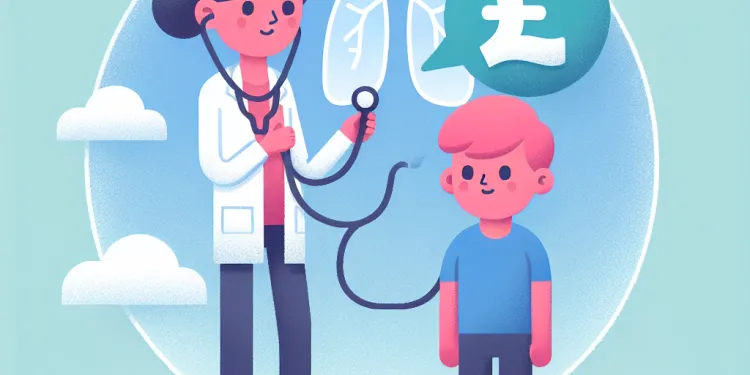
What is lupus in children?
Relevance: 40%
-

Lupus in children | NHS
Relevance: 40%
-

Children's Vaccination Schedule
Relevance: 39%
-

What causes lupus in children?
Relevance: 38%
-

Is tooth decay common in children?
Relevance: 38%
-

Are there specific mobility equipment for children?
Relevance: 38%
-

Can children use Mounjaro?
Relevance: 38%
-

Can children outgrow asthma?
Relevance: 38%
-
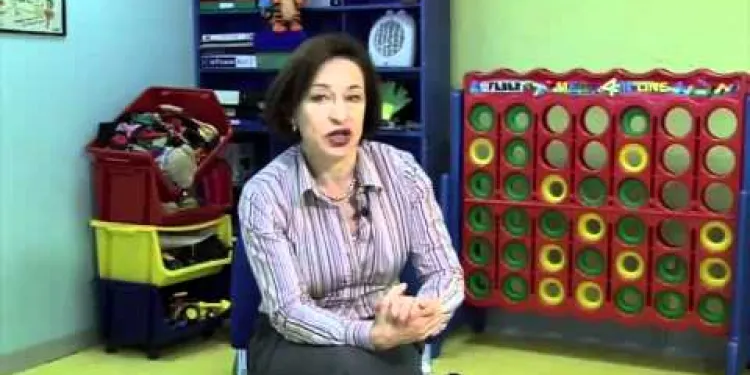
Children With Co-ordination Difficulties and Dyspraxia
Relevance: 38%
-
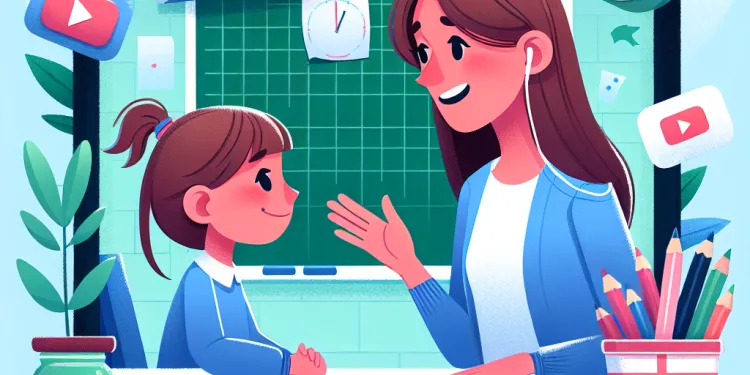
Understanding Mental Health in Children
Relevance: 38%
-

Can Wegovy be used by children?
Relevance: 38%
-

Can defibrillators be used on children?
Relevance: 37%
-

How is lupus diagnosed in children?
Relevance: 37%
-
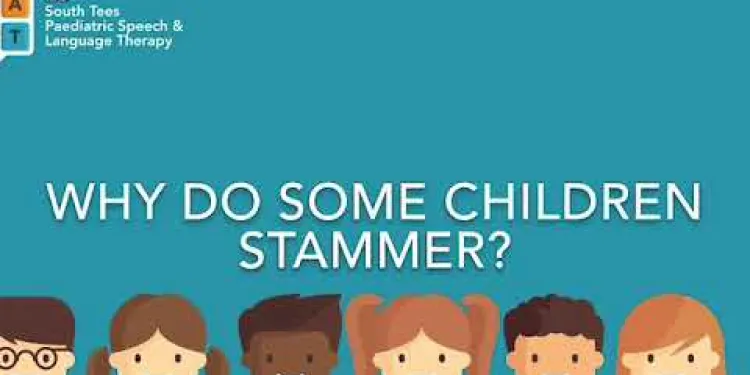
Why do some children stammer?
Relevance: 37%
-

What are the common symptoms of lupus in children?
Relevance: 36%
Understanding SEND Children
In the UK, SEND refers to children with Special Educational Needs and Disabilities. These are children who require additional or different support compared to their peers in mainstream education. The term encompasses a wide range of needs, including physical disabilities, learning difficulties, sensory impairments, and emotional and social challenges.
Categories of SEND
SEND can be broadly categorized into four areas: Communication and Interaction, Cognition and Learning, Social, Emotional and Mental Health, and Sensory and/or Physical Needs. Each category outlines specific challenges a child might face. For example, Communication and Interaction covers children with speech, language, and communication needs, as well as those on the autism spectrum. Cognition and Learning includes difficulties such as dyslexia and moderate learning difficulties. Social, Emotional and Mental Health points to conditions like ADHD or anxiety disorders, and Sensory and/or Physical Needs covers visual or hearing impairments and physical disabilities.
The Role of Education Providers
Schools and educational institutions play a crucial role in supporting SEND children. The UK's legal framework, primarily the Children and Families Act 2014, mandates that schools must accommodate these children's needs to ensure they receive a quality education on par with their non-SEND peers. This includes developing an Individual Education Plan (IEP) tailored to the child's specific requirements. Schools often need to make reasonable adjustments to their teaching methods and physical environments.
Inclusion and Support
The UK education system emphasizes inclusivity, ensuring that SEND children have the opportunity to learn alongside their peers wherever possible. Support can come in many forms, such as specialist teaching assistants, adapted materials, or speech and language therapy. The goal is to ensure that all children, regardless of their needs, can thrive in an inclusive environment. Additionally, local councils provide support services and advice for families navigating the SEND landscape.
Parental Involvement and Resources
Parents and caregivers are integral to the support system for SEND children. They collaborate with schools, health care providers, and local authorities to ensure that their child's needs are met. The SEND Code of Practice outlines the rights of parents and the processes for creating and reviewing support plans. Numerous charities and organizations in the UK, such as the National Autistic Society and Mencap, also offer resources and support for families of SEND children.
Conclusion
SEND children are a diverse and important part of the UK's education landscape. By understanding their unique challenges and the frameworks in place to support them, society can ensure that these children receive the education and opportunities they deserve. As awareness and inclusivity continue to grow, so too does the potential for SEND children to achieve their fullest potential in a supportive and accommodating environment.
Understanding SEND Children
In the UK, SEND means Special Educational Needs and Disabilities. These children need extra help or different help compared to others in regular schools. SEND includes many kinds of needs, like physical disabilities, learning problems, difficulties with senses, and issues with emotions and socializing.
Categories of SEND
There are four main types of SEND needs: Communication and Interaction, Cognition and Learning, Social, Emotional and Mental Health, and Sensory and/or Physical Needs. Each type shows different problems a child might have. For example, Communication and Interaction is about talking, understanding, and autism. Cognition and Learning covers things like dyslexia and learning challenges. Social, Emotional and Mental Health includes things like ADHD and anxiety. Sensory and/or Physical Needs involve problems with seeing, hearing, or moving.
The Role of Education Providers
Schools have an important job to help SEND children. In the UK, the law says schools must make sure these children get a good education like everyone else. This means making a special plan called an Individual Education Plan (IEP) for each child. Schools must also change how they teach and arrange classrooms if needed.
Inclusion and Support
UK schools want SEND children to learn with everyone whenever possible. Help can be from special teachers, changed materials, or therapies like speech help. The aim is for all children to do well together. Local councils also help families with advice and support.
Parental Involvement and Resources
Parents and caregivers are very important for supporting SEND children. They work with schools and others to make sure their child gets the right help. The SEND Code of Practice tells parents what their rights are and how plans should be made and checked. Many UK charities, like the National Autistic Society and Mencap, give resources and help to families.
Conclusion
SEND children are a vital part of schools in the UK. By knowing more about their needs and how to help them, we can make sure they get the education and chances they need. As people learn more and make things more inclusive, SEND children have a better chance to succeed and grow in a caring environment.
Frequently Asked Questions
What does SEND stand for?
SEND stands for Special Educational Needs and Disabilities.
Who are SEND children?
SEND children are those who have learning difficulties or disabilities that make it harder for them to learn than most children of the same age.
What are some common types of SEND?
Common types of SEND include autism spectrum disorders, dyslexia, attention deficit hyperactivity disorder (ADHD), and various physical disabilities.
How can I identify if my child has SEND?
Identifying SEND can involve observing your child's development, consulting with teachers and professionals, and possibly undergoing formal assessments.
What support is available for SEND children in schools?
Schools may offer individualized education plans (IEPs), additional classroom support, specialized teaching approaches, and access to external specialists.
Do SEND children attend mainstream schools?
Many SEND children attend mainstream schools with additional support, though some may attend specialized schools depending on their needs.
What is an Education, Health and Care Plan (EHCP)?
An EHCP is a plan for children and young people aged up to 25 who need more support than is available through regular special educational needs support.
Who is responsible for assessing SEND needs?
Assessment of SEND needs is typically carried out by educational psychologists, teachers, and other relevant professionals.
How are parents involved in the SEND process?
Parents are often involved in all stages, including discussing concerns, attending meetings, and contributing to the development of support plans.
Are there specific laws governing SEND in schools?
Yes, there are specific laws and guidelines, such as the Children and Families Act 2014 in the UK, which outline the rights of SEND children.
What role do teachers play in supporting SEND children?
Teachers are responsible for differentiating instruction, implementing IEPs, and collaborating with specialists to support SEND children effectively.
Can SEND status change over time?
Yes, a child's SEND status can change over time, as they may make progress with appropriate support or new needs may be identified.
What are some common misconceptions about SEND?
Misconceptions include thinking all SEND children have the same needs or that SEND only relates to academic difficulties.
How can schools create an inclusive environment for SEND children?
Schools can create an inclusive environment by fostering a supportive culture, providing training for staff, and adapting school facilities and resources.
What is the SENCO's role in a school?
The SENCO (Special Educational Needs Coordinator) is responsible for overseeing the support for SEND pupils, managing EHCPs, and liaising with teachers and parents.
How is progress measured for SEND children?
Progress for SEND children is often measured through individualized goals, regular reviews of IEPs, and assessment data.
What support is available outside of school for SEND children?
Support outside of school can include therapy services, community programs, and support groups for families.
Can SEND children access extracurricular activities?
Yes, SEND children should have access to extracurricular activities, often with additional support or accommodations as needed.
How do funding and resources affect SEND support?
Funding and resources can affect the level of support a school can provide, impacting staff availability, training, and specialized materials.
How can parents advocate for their SEND child?
Parents can advocate for their SEND child by staying informed about their rights, maintaining open communication with schools, and participating in decision-making processes.
What does SEND stand for?
SEND means "Special Educational Needs and Disabilities".
If you find big words hard to read, you can:
- Ask someone to read it with you.
- Use a computer to read the words out loud.
- Break the words into smaller parts.
SEND means Special Educational Needs and Disabilities.
Who are SEND children?
SEND children are kids who need extra help to learn. They might find some things harder than other kids. Teachers and parents can help SEND kids by using special tools or ways of teaching.
SEND children are kids who have a tough time learning because they have learning problems or disabilities. It can be harder for them to learn compared to most kids their age.
What are some common types of SEND?
SEND means Special Educational Needs and Disabilities. Here are some common types:
- Learning difficulties: These are problems with learning new things.
- Physical disabilities: These are problems with moving around or using your body.
- Speech and language needs: These are problems with talking or understanding words.
- Autism: This can make understanding people and the world around you harder.
- Emotional and behavioural needs: These are problems with feelings or how you behave.
You can use things like pictures, breaks, or quiet rooms to help with SEND.
Some people need extra help with learning. This can be because of things like autism, dyslexia, ADHD, or physical disabilities.
How do I know if my child needs extra help at school?
Here is a way to write the text in simpler words:
These tips might help you:
- Watch how your child plays and talks. Do they need more help than others their age?
- Listen to your child's teacher. They might notice if your child finds school hard.
- Visit a doctor if you are worried. Doctors can check if your child needs extra help.
Tools that can help:
- Use pictures and drawings to talk with your child.
- Read simple books together.
- Try using apps or games that help with learning.
Remember, asking for help is good!
Finding out if your child has special education needs can be done by watching how they grow and learn. You can talk to teachers and other experts. Sometimes, you might need to get tests done to be sure.
Help for Children with Special Needs in Schools
Schools can help children who need extra support. Here are some ways they can help:
- Extra Teaching: Some children get more time with a teacher to help them learn.
- Special Classes: Schools might have classes just for children who need extra help.
- Teacher Assistants: Some schools have adults who can support children in class.
- Special Tools: Children might use things like computers or tablets to help them learn.
- Quiet Spaces: Schools may have quiet areas where kids can go if they need a break.
- Speech Therapy: Some children get help with talking and understanding words.
- Meetings with Parents: Teachers meet with parents to talk about how to help their child best.
If you want more information, ask a teacher or a school helper.
Schools can help kids learn better. They can make special learning plans for each child. They can give extra help in the classroom. They can also use special ways to teach. Sometimes, they get experts from outside the school to help too.
Do children with SEND go to regular schools?
Some children who need extra help, called SEND (Special Educational Needs and Disabilities), do go to regular schools. These schools are called mainstream schools.
Here is what mainstream schools do for SEND children:
- Teachers give extra support, like helping with reading and writing.
- Children may get special tools, such as calculators or tablets.
- There are assistants and supportive staff to help in class.
If a child needs even more help, they might go to a special school. Special schools have teachers trained to help with specific needs.
Parents and teachers work together to decide the best school for a child with SEND.
Many children who need extra help go to regular schools. They get extra support there. Some children go to special schools. It depends on what they need.
What is an Education, Health and Care Plan (EHCP)?
An EHCP is a plan to help you learn and be healthy. It is a special plan for kids who need extra help.
This plan helps you do well in school and feel good. It gives you support when you need it.
If you need help, talk to your teacher or a grown-up you trust. They can explain more and make sure you get the help you need.
An EHCP is a plan to help kids and young people up to 25 years old. It is for those who need extra help that regular support cannot give.
Who checks what support SEND kids need?
People like teachers and special helpers look at what children need help with in school.
How do parents help with SEND?
Parents have a big part in helping children with SEND (Special Educational Needs and Disabilities).
Parents can:
- Talk with teachers about what the child needs.
- Go to meetings at school to plan the child’s support.
- Share what they know about their child to help teachers understand better.
- Work with the school to make sure their child gets the right help.
Parents can use tools like:
- Picture cards to help explain things.
- Apps that organize meetings and reminders.
- Books or websites for more information on SEND.
Parents help in many ways. They can talk about worries, go to meetings, and help make plans to support their child.
Are there rules for SEND in schools?
Yes, there are special rules that schools must follow for students who need extra help. These students are called "SEND" which means Special Educational Needs and Disabilities.
If you want to know more, you can ask a teacher or look at helpful websites. You can also use talking software or picture cards to understand better.
Yes, there are special rules and guides that help children with SEND. In the UK, there is a law called the Children and Families Act from 2014. This law explains what rights and help SEND children should get.
How do teachers help children with SEND?
Teachers help children with SEND by:
- Understanding what each child needs.
- Making learning fun and easy.
- Giving special tools to help, like pictures or videos.
- Being kind and patient.
- Working with other helpers, like teaching assistants.
Teachers use different ways to help everyone learn. This makes school a happy place for all children.
Some helpful tools or tips are:
- Using a small whiteboard to draw or write.
- Listening to audiobooks.
- Taking breaks when tired.
- Having a quiet space to calm down.
Teachers have an important job. They help all students learn in their own special way. They follow plans for each child if needed and work with experts to support children who need extra help.
Can SEND status change over time?
SEND means Special Educational Needs and Disabilities.
Yes, SEND status can change. This means a child might need more help or less help at different times.
Here are some ways to help understand SEND:
- Ask teachers or helpers if you have questions.
- Use pictures or simple words to explain things.
- Get help from someone you trust, like family or friends.
Yes, a child's special help needs can change. They might get better with the right help, or they might need new kinds of help as time goes on. To support your child's learning, consider using visual aids, like charts or pictures. These tools can make it easier for them to understand and remember things.
What do people often get wrong about SEND?
SEND means Special Educational Needs and Disabilities. Some people do not understand SEND correctly.
Here are some things people get wrong:
- Misunderstanding: People with SEND cannot learn.
Truth: Everyone can learn in different ways. Some might need more help or different tools. - Misunderstanding: All SEND are the same.
Truth: SEND covers many different needs. Each person is unique. - Misunderstanding: If you cannot see a disability, it does not exist.
Truth: Some SEND are not visible, but they are still real.
To help understand SEND better, you can:
- Ask questions if you do not understand.
- Use pictures, videos, or stories to learn more.
- Be kind and patient. Everyone is different.
Some people get it wrong and think all SEND children are the same. But they are not. SEND means Special Educational Needs and Disabilities. It can make learning hard in different ways, not just in school work.
How can schools help all children feel welcome and happy?
Here are some ways schools can help children with special needs:
- Supportive Teachers: Teachers can help by listening and being patient.
- Easy-to-Understand Lessons: Make lessons simple and clear so everyone can understand.
- Friendly Classrooms: Have places where everyone feels safe and included.
- Extra Help: Give extra help to those who need it.
- Talk and Ask Questions: Encourage children to ask questions and share their thoughts.
- Use Helpful Tools: Use pictures, sounds, and other tools to make learning fun and easy.
These steps can help all children learn and have fun at school.
Schools can make everyone feel welcome. They can do this by being kind and helpful, teaching teachers how to help everyone, and changing the school to make it better for all students.
What does a SENCO do in school?
A SENCO is a teacher who helps students who have special needs. They make sure these students get the support they need.
Here are some things a SENCO does:
- Talk to teachers about how to help students who need extra support.
- Work with parents to understand what their children need.
- Make plans so students get the right help.
- Check if the support is working well for the student.
If you want to know more, you can:
- Ask the SENCO at your school.
- Read stories about other students who get help at school.
- Use pictures or videos to learn about what a SENCO does.
The SENCO helps children who need extra support at school. They make plans for these children and talk to teachers and parents to make sure everything is okay.
How do we check progress for SEND children?
We look at how well SEND children are learning and growing. We check their progress regularly to see if they are improving.
To help us do this, we use some tools and techniques:
- We set small, clear goals for each child to reach.
- We have special plans for how they learn best.
- We talk to teachers and parents to know how the child is doing.
- We might use apps or tools that make learning fun and easier.
This helps us know if SEND children are doing well and what we can do to help them more.
We measure how well SEND children are doing by checking their personal goals, looking at their special learning plans often, and seeing how they do on tests.
What help is there for SEND children outside of school?
SEND children are kids who need extra help. Here are some ways to support them:
- Clubs and groups: There are clubs where kids can play and learn after school.
- Therapy sessions: Some places offer speech, physical, or play therapy to help kids.
- Support workers: Some helpers can visit your home to support you and your child.
- Online resources: Use apps and websites for fun learning activities.
- Community centers: Many centers have activities and events for children.
It's good to ask your child's school or local council for more ideas.
Help outside of school can be from therapy, local groups, and family support groups.
Can children with SEND join after-school activities?
Yes, children with Special Educational Needs and Disabilities (SEND) can join after-school activities. These activities are for fun and learning outside of regular classes.
Here are some tips to help:
- Talk to the teachers about the activities your child likes.
- Make sure the activity leaders know your child's needs.
- Ask if there are any helpers or special equipment to help your child join in.
- Look into extra help, like a buddy system, where another child can help your child during activities.
The goal is for every child to have fun and feel included.
Yes, children with special needs should be able to do activities after school. They might need extra help or changes to make it easier for them.
How do money and help affect SEND support?
How much money schools have can change how they help children with Special Educational Needs and Disabilities (SEND). More money can mean more teachers and tools to help. If schools do not have enough money, it can be harder for them to give the best help.
Good SEND support means having things like special teachers, learning aids, and extra activities. These help children learn the best they can.
Tools that can help are:
- Workbooks with clear pictures and words
- Programs on tablets and computers that speak or show pictures
- Teachers who understand and can give extra help
Money and things a school has can change how much help they can give. It can change how many teachers are there, how well they learn to teach, and the special stuff they have for kids.
How can parents help their child with SEND?
Parents can help their child with Special Educational Needs and Disabilities (SEND) by talking to teachers and staff at the school. They can make sure their child gets the right support.
Here are some tips:
- Go to meetings at the school and ask questions.
- Work with teachers to set goals for your child.
- Find out what help is available at school.
- Ask for support from groups that help families with SEND.
Parents can also try using tools like planners, visual aids, or apps to help their child learn and stay organized.
Parents can help their child with special needs by learning about their child's rights, talking openly with teachers, and being part of decisions about their child's education.
Useful Links
- Ergsy carfully checks the information in the videos we provide here.
- Videos shown by Youtube after a video has completed, have NOT been reviewed by ERGSY.
- To view, click the arrow in centre of video.
- Most of the videos you find here will have subtitles and/or closed captions available.
- You may need to turn these on, and choose your preferred language.
- Go to the video you'd like to watch.
- If closed captions (CC) are available, settings will be visible on the bottom right of the video player.
- To turn on Captions, click settings .
- To turn off Captions, click settings again.
More Items From Ergsy search
-

What are SEND children?
Relevance: 100%
-

Who are SEND children?
Relevance: 100%
-

Do SEND children attend mainstream schools?
Relevance: 90%
-

How is progress measured for SEND children?
Relevance: 89%
-

Can SEND children access extracurricular activities?
Relevance: 87%
-

What support is available for SEND children in schools?
Relevance: 86%
-

What support is available outside of school for SEND children?
Relevance: 84%
-

What role do teachers play in supporting SEND children?
Relevance: 82%
-

How can schools create an inclusive environment for SEND children?
Relevance: 78%
-

Are there specific laws governing SEND in schools?
Relevance: 67%
-

What does SEND stand for?
Relevance: 65%
-

Who is responsible for assessing SEND needs?
Relevance: 64%
-

How are parents involved in the SEND process?
Relevance: 64%
-

What are some common misconceptions about SEND?
Relevance: 63%
-

Can SEND status change over time?
Relevance: 63%
-

How do funding and resources affect SEND support?
Relevance: 60%
-

What are some common types of SEND?
Relevance: 58%
-

Can I send money to an inmate?
Relevance: 56%
-

How do I send books or magazines?
Relevance: 53%
-

Why does my email appear to be sending spam?
Relevance: 51%
-

What items can I send to someone in prison?
Relevance: 51%
-

How can I identify if my child has SEND?
Relevance: 45%
-

How can parents advocate for their SEND child?
Relevance: 44%
-

Dyspraxia Children: How to Help
Relevance: 42%
-

Is Baxdrostat suitable for children?
Relevance: 40%
-

What is lupus in children?
Relevance: 40%
-

Lupus in children | NHS
Relevance: 40%
-

Children's Vaccination Schedule
Relevance: 39%
-

What causes lupus in children?
Relevance: 38%
-

Is tooth decay common in children?
Relevance: 38%
-

Are there specific mobility equipment for children?
Relevance: 38%
-

Can children use Mounjaro?
Relevance: 38%
-

Can children outgrow asthma?
Relevance: 38%
-

Children With Co-ordination Difficulties and Dyspraxia
Relevance: 38%
-

Understanding Mental Health in Children
Relevance: 38%
-

Can Wegovy be used by children?
Relevance: 38%
-

Can defibrillators be used on children?
Relevance: 37%
-

How is lupus diagnosed in children?
Relevance: 37%
-

Why do some children stammer?
Relevance: 37%
-

What are the common symptoms of lupus in children?
Relevance: 36%